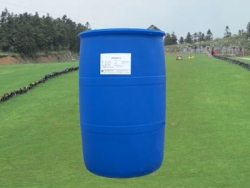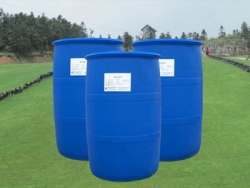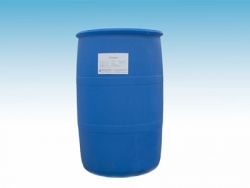Biodegradation of surfactants is one of the most widely studied methods, and has been adopted by some sewage treatment plants. The method can be roughly divided into activated sludge method, anaerobic digestion method and the method of utilizing soil self-purification. They all use the characteristics of microorganisms that can utilize surfactant as the sole carbon source to complete the degradation of surfactant.

It was found that many genera of Pseudomonas, including Pseudomonas grooves, Pseudomonas malachii, Pseudomonas de Aquinha, Pseudomonas membranaceus, Pseudomonas paeda, Pseudomonas Crosswell and Klebsiella, achromatous bacteria, Flavobacillus and Micrococcus, can degrade surfactants, but for high concentration surfactants. In wastewater, the degradation activity of these bacteria will be limited to a certain extent. A kind of.

Adsorption method uses the porosity and large specific surface area of adsorbent to adsorb pollutants in wastewater on the surface so as to achieve separation purposes. The commonly used adsorbents are activated carbon, adsorption resin, diatomite, kaolin and so on. Activated carbon has a good effect on the treatment of surfactant wastewater at room temperature. The adsorption capacity of activated carbon for LAS_can reach 55.8_mg/g. The adsorption capacity of activated carbon conforms to Freundlich_formula. However, the energy consumption of activated carbon regeneration is high, and the adsorption capacity of activated carbon after regeneration is also reduced to varying degrees, which limits its application. Natural clay mineral adsorbents are abundant in resources, cheap in price and widely used. In order to improve adsorption capacity and adsorption rate, the focus of research on these adsorbents is on the improvement of adsorption performance, processing conditions and surface modification.

Adsorption method has the advantages of fast speed, good stability and small equipment occupation. The main disadvantages are high investment, difficult regeneration of adsorbent and high pretreatment requirements. A kind of
Coagulation can not only remove colloidal particles and surfactants adsorbed on colloidal surfaces, but also form insoluble precipitation with surfactants dissolved in aqueous phase. Coagulants commonly used in the treatment of surfactant wastewater are iron salts, aluminium salts, their polymers and various organic coagulants.
Dingjuan studied the coagulation effect of ferric chloride, aluminium sulfate and polyaluminium chloride on surfactant wastewater. It was pointed out that polyaluminium chloride was the best coagulant for recycling surfactant wastewater.